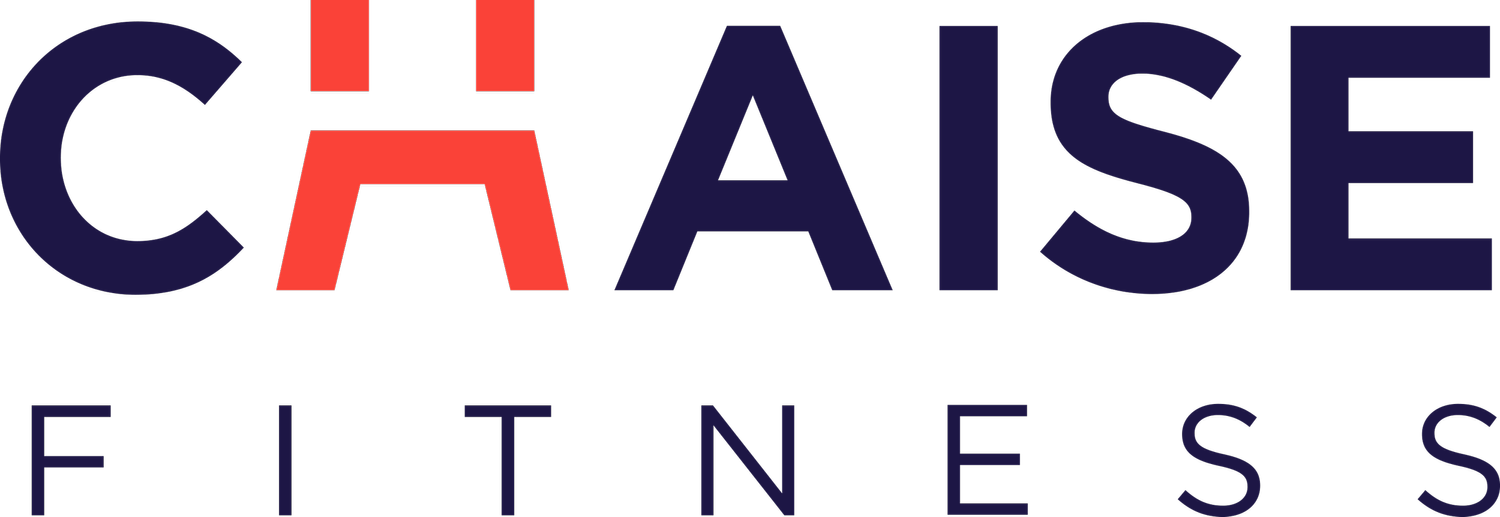How to Choose Between Mat Pilates vs. Reformer Pilates
While both Mat Pilates and reformer Pilates offer a low-impact method of resistance training, one method might be better suited to your goals. Here's how to decide between mat Pilates vs. reformer Pilates.
Mat Pilates vs. Reformer Pilates: For Beginners
No doubt about it: Anyone brand new to Pilates should attend several mat Pilates sessions to understand the fundamental movement and techniques of the workout. In mat Pilates classes, you'll get a firm grasp on the basic Pilates exercises, such as glute bridges, isometric lunges, and "the hundred," a classic Pilates core move that combines a hollow body hold and small arm pulses. Once you feel confident in your Pilates foundation on the mat, you can take it to the reformer.
For Strength Training
If you want a workout that will most closely resemble a traditional, weight-bearing strength workout, book a reformer Pilates class. A reformer Pilates class can offer the resistance and progressive overload that you'd find in a structured strength-training program, and in it, you'll work to muscle fatigue. Classes always challenge clients to add a higher resistance to get more muscle stimulus. Plus, the reformer can be the basis for a whole catalog of full-body exercises, some of which you simply wouldn't be able to do on a mat such as an elevator lunge or a carriage kick.
For Improved Body Awareness
Once again, reformer Pilates takes the win here. If your goals are to build body awareness, the reformer is the way to go. You have to work harder to control your movements on the moving platform. The mind-body connection is a core principle of all Pilates, you can still enjoy improved proprioception, which is your body's awareness of where you are in space, as a benefit of mat Pilates.
For Injury Recovery
Deciding between mat Pilates vs. reformer Pilates when recovering from injuries depends on your specific type of injury and your unique fitness levels. For example, someone who frequently deals with low back pain would be a good candidate for mat Pilates, since the low-impact workout builds core strength which can help prevent low back pain without the risk of adding resistance.
However, if you're used to high-intensity workouts and a muscle pull is keeping you from your normal routine, reformer Pilates might scratch that itch. You'll be able to maintain muscle strength during your time on the injured list, and you might even be able to address muscle imbalances that can prevent future injuries from occurring. In either case, you'll need to check with your doctor for a medical sign-off before trying any workout, and you should also ask the instructor for modifications to meet your altered needs.
How to Choose Between Mat Pilates vs. Reformer Pilates
While beginners may benefit more from mat Pilates and strength-training devotees might gravitate toward the reformer, both types of Pilates are a valuable part of your workout routine. The Pilates method includes many different modifications and variations that make it accessible to everyone. No matter where you are in your fitness journey, even if at the starting line, Pilates is great to add to your regimen!
Visit ChaiseFitness Today
At ChaiseFitness, we believe that anyone can be fit—no matter what skill level or body type. This belief inspired the creation of our patented Reinvention Method, which is for everyone—the athlete, the dancer, the beginner, the advanced, the rebuilder. We blend Pilates, ballet, and strength training and equip you with a chair and overhead bungees so that you work out all your muscles every time. We are located in the Upper East Side in Manhattan. For more information, you can contact us at (973)996-2063, or visit our website.

